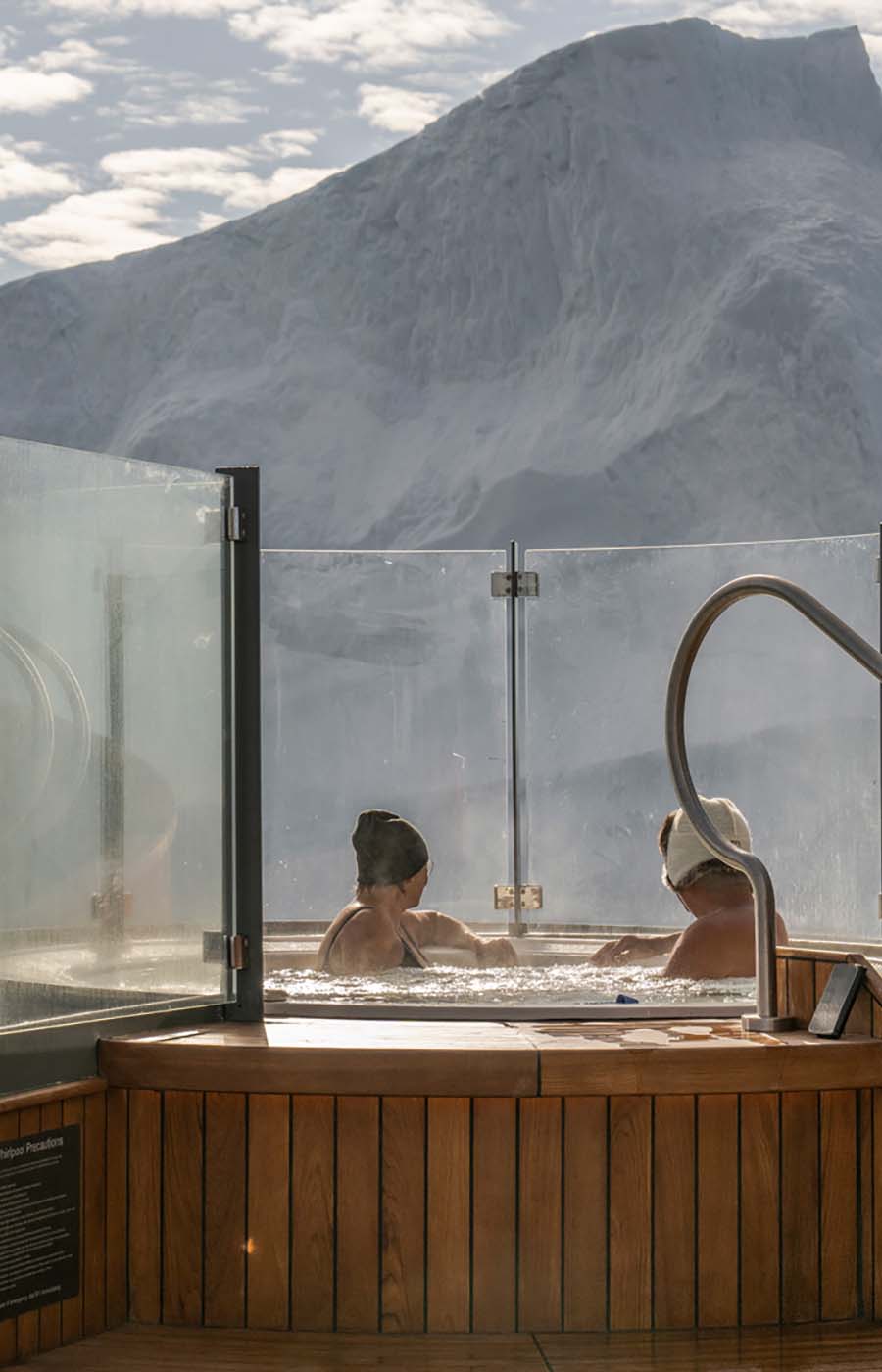How this multifaceted indigenous community honors the area’s past — and shapes its future
Indigenous to the Pacific Northwest Coast of North America, the Tlingit people (also referred to as Tlingit Indians or the Tlingit tribe) have contributed greatly to the history and culture of Alaska and beyond. Around 17,000 Tlingit still reside in the state today, mostly in urban and port areas of Southeastern Alaska (with a smaller-but-still-significant population in the Northwest).
They continue carrying on their own rich traditions while actively participating in Alaska’s present-day culture and commerce. In this way, the knowledge and experience that they’ve honed over the past are key to both Alaska’s present and future.
Over a span of centuries, Tlingit occupied a sizable amount of land in Alaska (particularly in the southeast) and almost all of the Alexander Archipelago. They controlled a number of mountain passes and major rivers, which allowed them to develop trade networks with other tribes in the state.
The Tlingit still live in the area and contribute widely to the local and national culture and economy. Unlike a number of indigenous tribes in the lower 48 states, the Tlingit lack designated reservation areas. While some small native Tlingit villages still exist (most notably around the Chilkat River, where Chilkat Tlingits still reside), the Tlingit are generally found throughout larger, diversified populations of southeastern Alaska.
This is in part from Alaska Native Claims Settlement Act, which granted to each native group a diversified portfolio of land ownership, rather than bounded areas. This gives the Tlingit tribe of Alaska greater overall mobility than a number of other indigenous people in the U.S. — as well as a significant amount of interaction with the larger community.
The Tlingits’ designated corporation, called the Sealaska Corporation, primarily focuses on land and forest resource management and the harvesting and marketing of timber and other wood products to Pacific Rim countries and the Pacific Northwest — but it’s also involved in other industries including manufacturing, information technology, and seafood processing.
The Tlingit people’s cuisine shows their devotion to native tradition paired with the rich mix of other cultures that have shaped their own over time. Fish is obviously a mainstay of the cuisine given the depth of the regional fishing economy that they originated. Fishing is paired with a range of traditional dishes that are a nod to their hunter-gatherer culture, including sea greens, wild celery, and berries whipped with seal oil. The influx of Filipino communities has made rice another staple in Tlingit food culture.
Related Seabourn itineraries and amenities below
Tlingit culture places a special significance on family and kinship. Generosity is as important as prosperity. Art and spirituality are inherently linked, with even essential daily items (like spoons and storage boxes) featuring details that possess spiritual significance. The Tlingit abide by a matrilineal kinship system, with descent passed through the mother's line; each group displays its heraldic crest on everything from totem poles to canoes to jewelry.
The Tlingit language is known for an extremely complex grammar and sound system; only a few hundred native speakers of the language remain today, but a number of programs in Southeast Alaska are being developed to preserve the traditions, language, and culture of a people who are an inextricable part of the state’s rich history and identity.
A stunning Southeast Alaskan exploration transforms one traveler's point of view
A look at the nature and culture of one of the world’s most stunning remote corners
From orcas to stealthy submarines, there are hidden worlds filled with amazing secrets just below Alaska’s waterline.

